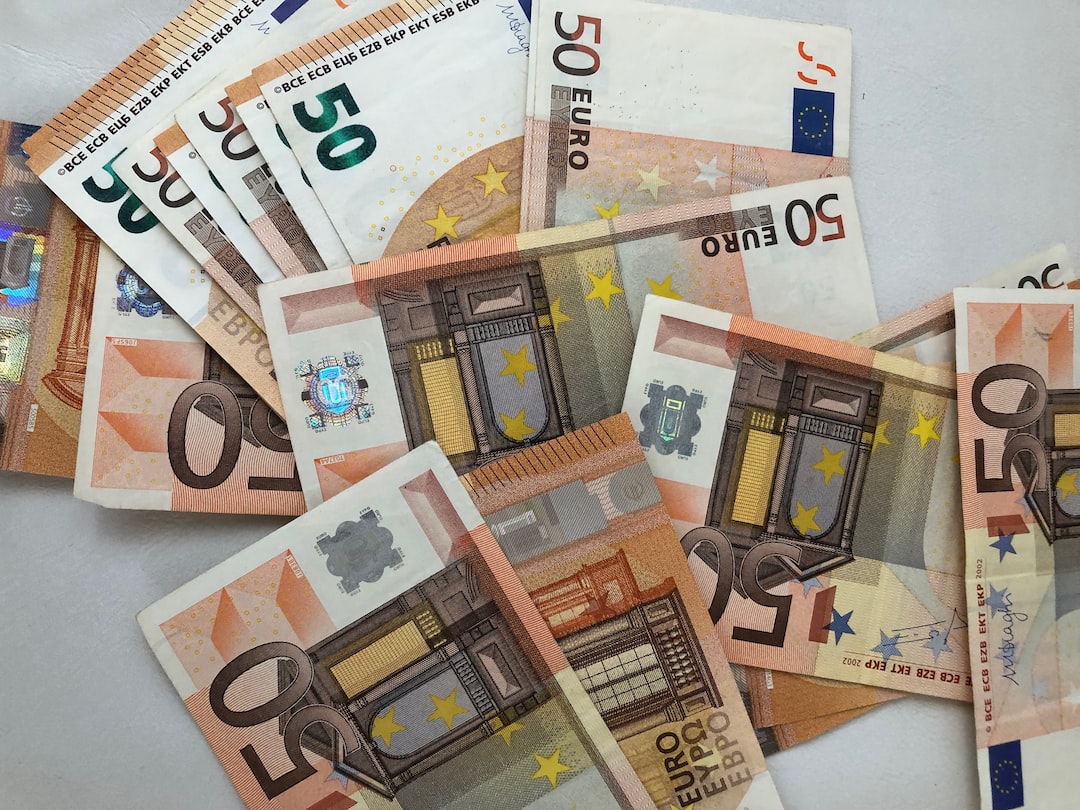Forex trading can be a profitable venture for those who know how to manage their money effectively. However, it can also lead to significant losses if not handled properly. One of the key principles of successful forex trading is proper money management. In this article, we will discuss how to secure profit in forex by money management.
What is Money Management in Forex Trading?
Money management is the process of managing your capital in a way that maximizes your profits while minimizing your losses. It involves setting rules and guidelines for your trading activities, such as determining your risk tolerance, setting stop-loss orders, and managing your trades based on your account balance.
Money management is an essential component of forex trading because it helps you to maintain a consistent and disciplined approach to trading. Without proper money management, you may be tempted to take unnecessary risks, which can lead to significant losses.
How to Secure Profit in Forex by Money Management
1. Determine Your Risk Tolerance
Before you start trading, it is essential to determine your risk tolerance. This refers to the level of risk that you are willing to take on in your trading activities. Once you have determined your risk tolerance, you can set your position size and stop-loss orders accordingly.
For example, if you have a low risk tolerance, you may want to limit your position size to 1% of your account balance and set your stop-loss order at 2% of your account balance. This will help to protect your capital and minimize your losses.
2. Set Stop-Loss Orders
Stop-loss orders are an essential tool for managing your risk in forex trading. A stop-loss order is an order that you place with your broker to automatically close your trade if the price reaches a certain level.
For example, if you enter a long position on EUR/USD at 1.2000, you may want to set your stop-loss order at 1.1900. This means that if the price of EUR/USD falls to 1.1900, your trade will be automatically closed, limiting your loss to 100 pips.
3. Use Proper Position Sizing
Position sizing refers to the amount of money that you risk on each trade. It is important to use proper position sizing to ensure that you do not risk too much of your capital on any single trade.
A common rule of thumb is to limit your position size to 1% to 2% of your account balance per trade. This means that if you have an account balance of $10,000, you should not risk more than $100 to $200 per trade.
4. Monitor Your Trades
Once you have entered a trade, it is important to monitor it closely. This means keeping an eye on the price action and making adjustments to your stop-loss orders as necessary.
For example, if the price of EUR/USD has moved in your favor, you may want to adjust your stop-loss order to lock in some profits. This will help to ensure that you secure a profit, even if the price of the currency pair eventually moves against you.
5. Maintain Discipline
Maintaining discipline is essential for successful forex trading. This means sticking to your trading plan and avoiding impulsive decisions based on emotions.
For example, if you have hit your daily profit target, it may be tempting to continue trading to try and make even more profits. However, this can lead to unnecessary risks and potential losses. It is important to maintain discipline and stick to your trading plan.
Conclusion
In conclusion, securing profit in forex by money management involves setting rules and guidelines for your trading activities, such as determining your risk tolerance, setting stop-loss orders, and managing your trades based on your account balance. By following these principles, you can minimize your losses and maximize your profits in forex trading. Remember to always maintain discipline and stick to your trading plan.





